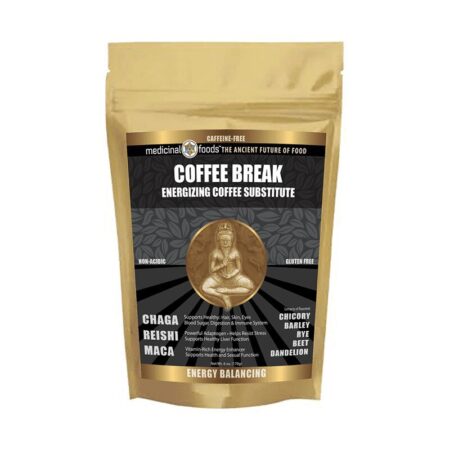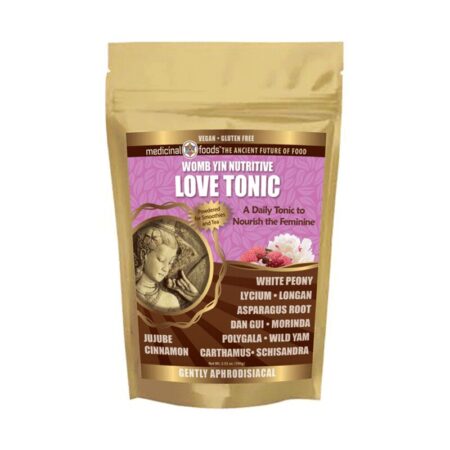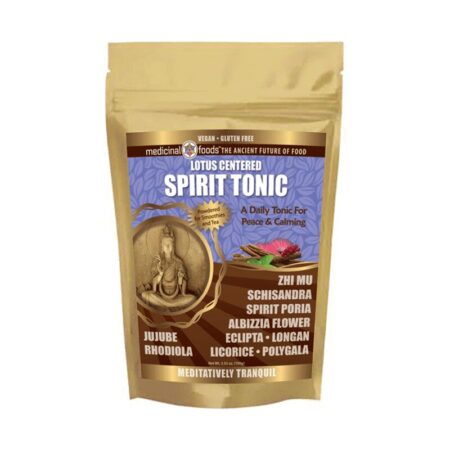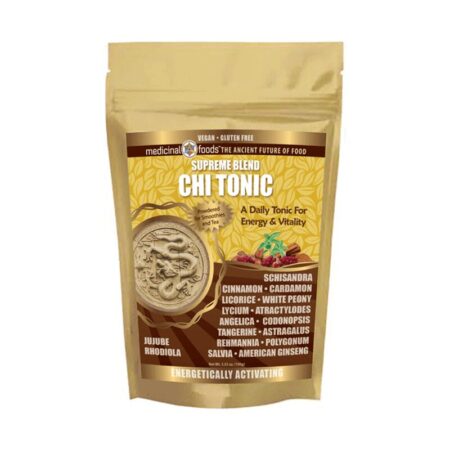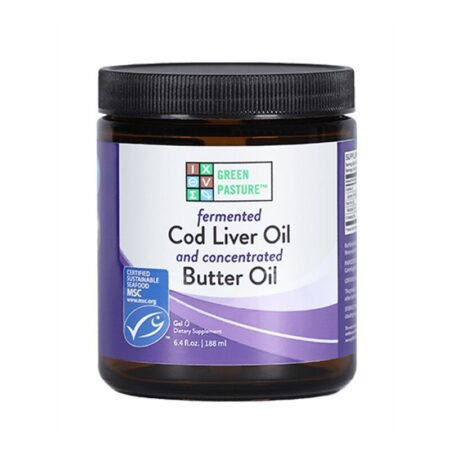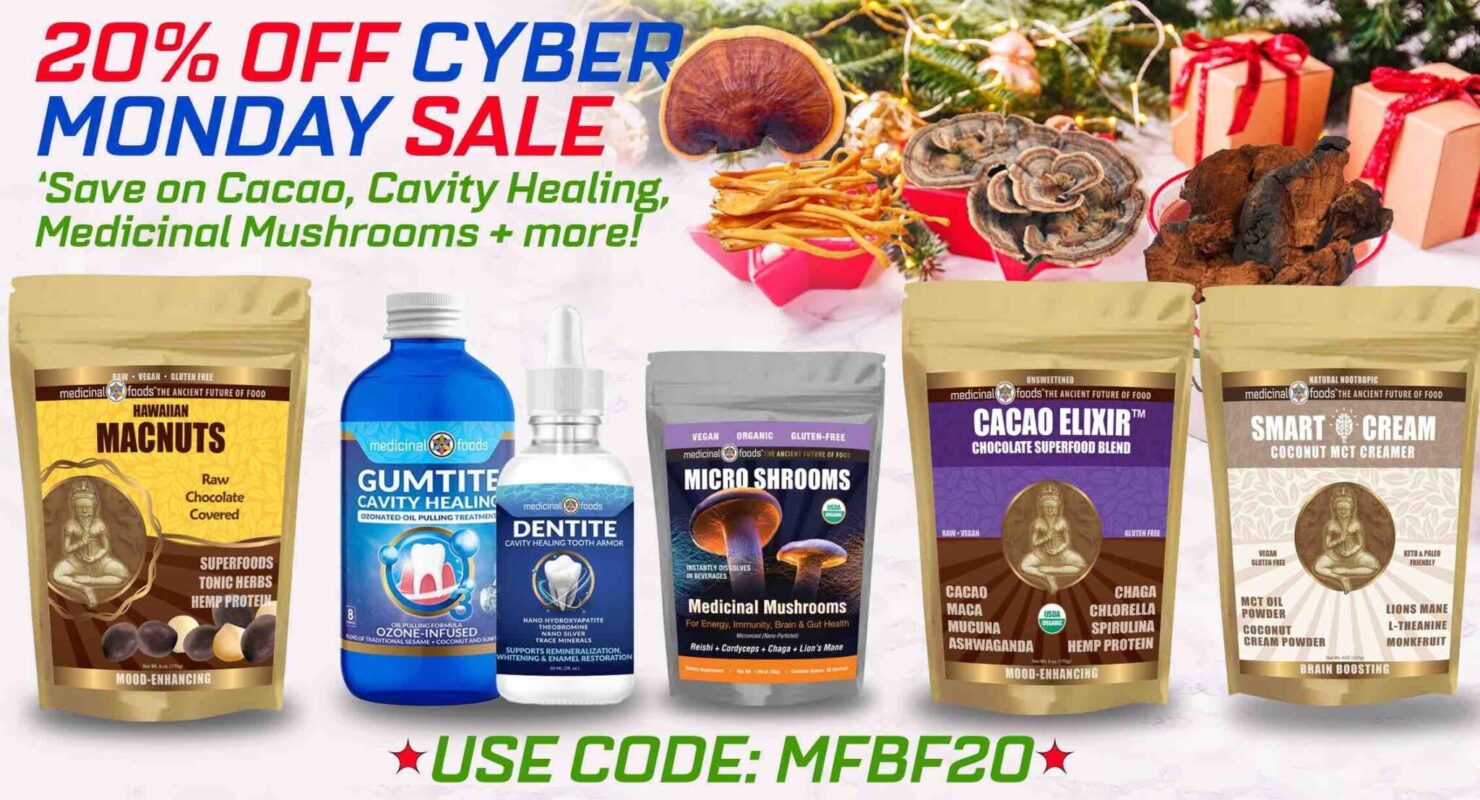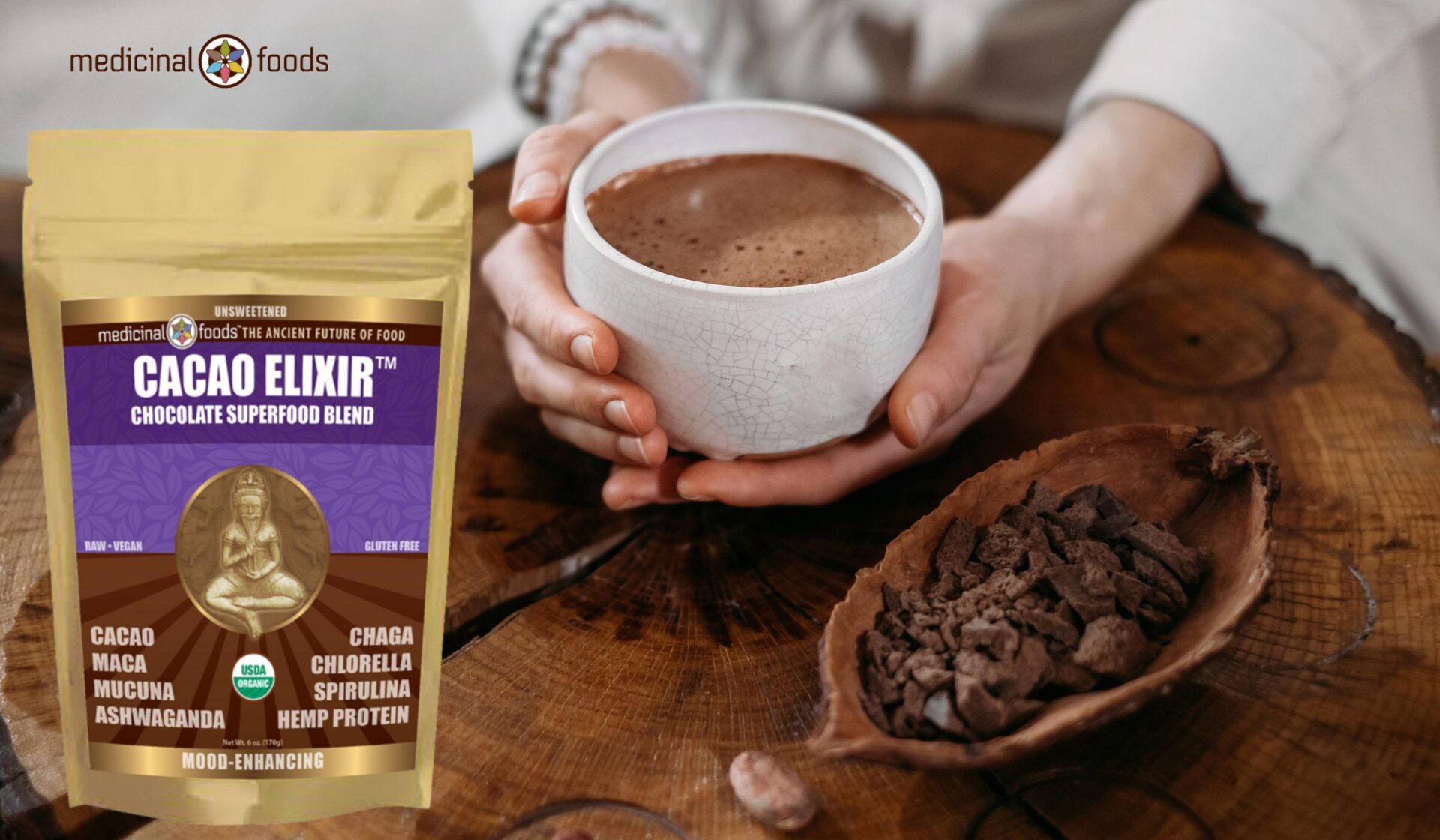A recent phenomenon in food culture worldwide is the concept of superfoods and how they can radically boost health and nutrition.
But what are they exactly, and how are they defined? We here wanted to find out.
There is no direct, one-size-fits-all definition of one, but they are generally categorized as having a high variety of trace vitamins and minerals which act on many levels of our corporal health.
They are often rich in anti-oxidants, healthy fats, probiotics, and have a wide-range of positive health effects.
The term itself can be traced back to the early 20th century, but the concept is anything but new.
In traditional Chinese medicine and in the Ayurvedic tradition of India, foods that balanced many systems of the body simultaneously have been well-known and used for several thousand years.
The powerful herbs and plants prescribed by these two ancient systems are able to treat mood imbalances, improve digestion, decrease anxiety, and promote weight loss, amongst many other more complex and chronic ailments.
The modern Western allopathic health paradigm spends millions of dollars each year studying these prized herbs with medicinal properties as if the effects therein need to be verified and tested, as if nobody knew about any of these herbs and techniques before the 20th century.
The dirty little secret of allopathic / pharmaceutical medicine is that the prescription drugs from which they make billions of dollars each year are formulas based on plants organisms naturally occurring in the wild on earth.
Since they are unable to legally patent something they did not create, they imitate the plants molecular structure and are then able to sell them.
While allopathic methods of nutrition have an absolutely rock-solid financial structure in place to ensure their powerful hold on selling their form of medicines, that doesn’t necessarily mean your body will be healthy or thriving.
All too often the opposite is actually true.
This is partially because of the deterioration of the quality of the food available and the soil in which food is grown.
In an optimal situation, such as growing one’s own food on one’s own property with organic methods, a person would be able to consume many more times the amount of necessary vitamins and minerals for a healthy lifestyle because the food is being super-powered by the healthier soil and conditions.
One of the consequences of massive-scale industrialized farming is the de-mineralization of the soil through pesticides and chemicals that drastically reduce the trace mineral content in the food.
Enriched soil is the foundation of a healthy plant, and as the saying “a tree is known by its fruits”, we can add “A tree is only as strong as its roots”, meaning the fruits will be only as good as the nutrients from the soil brought in through the roots.
So the recent popularization of them is really a reaction against an overall deficiency in nutritional value from the food we consume everyday.
There would be no need for them if all the rest of our foods were already super-packed with nutrition!
But, alas, there is nothing erroneous or absurd about wanting the absolute best for our bodies, and they are an excellent addition to any diet in any age bracket.
Top superfoods
The top ones come in all shapes, sizes and food groups.
Some lists online have nearly every basic food group covered, which again begs the question: “What really is a superfood?” because they seem to point to, well, everything.
Here are some examples of high-powered foods that are common enough to find in a local grocery store or your local organic farmer’s market:
Berries
One benefit of berries are their fiber content, which keeps our digestive system regular. Some berries have more fiber that others — raspberries 8 grams per cup, blueberries 4 grams and strawberries 3 grams — but they all contain antioxidants that have been shown to lower risks of heart disease, chronic conditions of inflammation, and cancer.
Blueberries specifically have an anti-oxidant called anthocyanin which has been shown to improved memory during the aging process, and they are popular amongst Alzheimer’s patients to slow the onset of dementia.
They also contain Vitamin C, Vitamin K and Manganese, making them an excellent option for a bit of sweetness added to a salad, in baked goods, or as a quick and fresh snack.
Dark Leafy Green Vegetables
One of the most commonly mentioned are these types of mineral rich greens, such as kale, Swiss chard, and spinach.
They are packed to the brim with magnesium, zinc, calcium, iron, and fiber, and the more pure the soil the more the leaves will retain these trace mineral, so finding local pesticide-free varieties are important.
Packages labeled simply “organic” do not have the same “chemical-free” meaning it once did.
Numerous studies have shown eating these leafy vegetables to lower heart disease, reduce risk of diabetes, and even improve cognitive functioning with their bioactive compounds such as nitrates, lutein, kaempkerol and α-tocopherol.
Spirulina
Another term for blue-green algae, Spirulina not only has the antioxidants characteristic of all superfoods, but packs more protein per gram than red meat.
It has been known to have an important impact on heart health, specifically by lowering blood pressure through removing plaque from arteries.
Raw Milk and Yogurt
Raw milk is defined as milk from cows or goats that has not undergone pasteurization, or the killing of all the probiotic bacteria within it in order to preserve it for a long enough period to sell in stores.
When it is consumed raw, milk is high in key minerals magnesium, calcium, phosphorus, and Vitamins A and D.
Probiotics or “good bacteria” (which are taken out during pasteurization) drastically improve gut health and the ability for our small intestine to extract nutrients from food, while improving the efficiency of digestion.
Yogurts and kefir (fermented raw milk) have similar probiotic enhancing effects with such nutrients as potassium, Vitamin B12 and protein.
One of the best superfood combinations is yogurt with a variety of berries, oats and a pure honey.
Healthy superfoods
Our bodies have become more and more deficient of key vitamins and minerals over the continual consolidation of food production into a handful of large corporations, hence a major shift to interest in healthy superfoods.
Fortunately, this natural and seemingly inevitable response to corporate food has counter-acted the process of deteriorating food and deteriorating health.
It seems our bodies have been speaking to us subconsciously to increase our vitamin and mineral intake, which we consciously interpret as: “So where’s the superfood aisle?”
Although they can surely enhance our overall health, eating more common, everyday foods that are produced locally and conscientiously will also provide greater-than-expected nutritional results.
On this path we could even find ourselves in an epoch when the prefix “super” doesn’t even need to be added to the beginning anymore because we consider every food to be highly highly charged with nutrition. That day may be coming sooner rather than later.
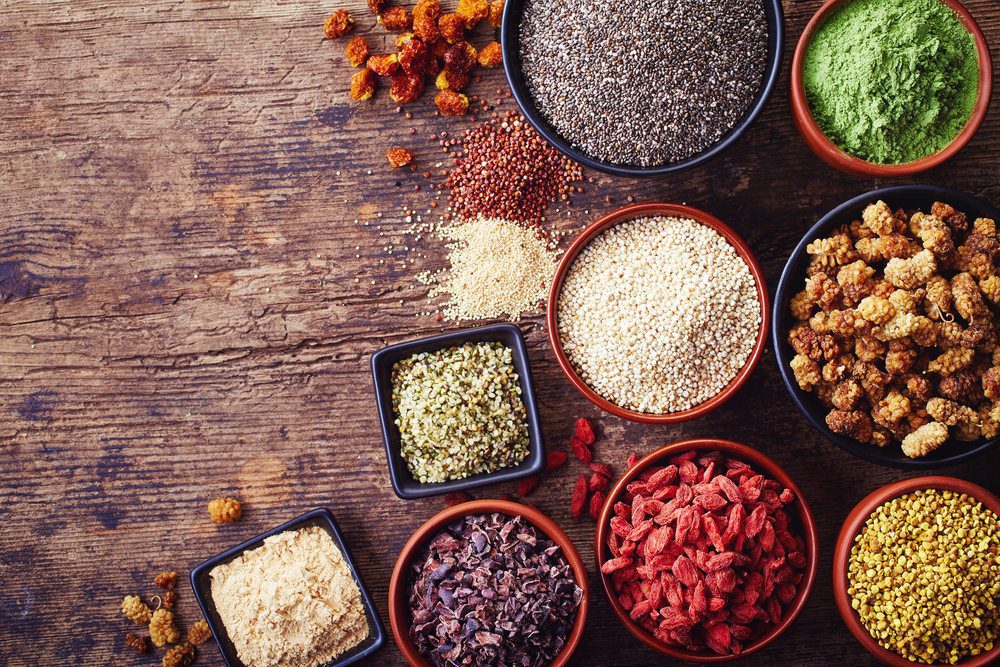
When it comes to eating healthily, nothing benefits the body more than plant-based superfoods such as these mulberries. Packed with vitamins and nutrients, these miracle foods provide you with boundless energy. If you’ve never ate them before, it’s time to add them to your diet. If they’re something you’ve had once or twice, you can change that by making them part of your daily meals.
New Foods to Include in Your Daily Diet
Here are four plant-based superfoods to eat for more energy:
- Chia Seeds. The potent seeds clean the colon, build strength, endurance, and energy as well as balance blood sugar. Use one tsp. up to two times daily for maximum results. You can use chia to make pudding, breakfast oats, and more.
- Quinoa. Packed with protein, quinoa is a high quality grain. It also has 6 grams of fiber in a half cup of it. People prefer its fluffy texture and light, nutty flavor to rice and other grains. It can be used in a variety of recipes. It also has a good amount of iron and potassium in it, making it a superfood to stock up on.
- Hemp. Full of essential fatty acids and protein , hemp seeds are delicious in every way. They’re packed with vitamins and minerals, too. For example, you’ll get magnesium, zinc, iron, potassium, phosphorus, and calcium in every serving. Hemp seeds can be sprinkled on salads, added to smoothies, and added to recipes. They’re a very versatile seed that you’ll want to keep in your pantry because they provide three and a half grams of protein per tablespoon.
- Goji Berries. Known as an antioxidant and anti-inflammatory superfruit, Goji berries have been known to boost energy levels and enhance performance. They’ve been successful in naturally treating diabetes, hypertension, and common colds. They also help fight depression, anxiety, and certain mood disorders. That’s all the more reason to snack on the powerful little berries. You can add them to oatmeal and trail mix, too. It’s a great way to get the antioxidants that you need to remain healthy.
Have more energy than you did before. Start including these plant-based superfoods into your daily diet. You’ll look and feel great because of the positive choices you’ve made.
Add Plant-Based Superfoods to Your Shopping List Right Away
By adding plant-based superfoods to your diet, you’ll notice a difference in how you’ll look and feel. You’ll get more bang for the proverbial buck and start to notice a great difference in how much energy you now have. Why wouldn’t you want to eat more superfoods if you knew just how good they were for fighting inflammation and disease in your body?
We Have a Wide Selection of Quality Products for You to Choose From
With Medicinal Foods, you can eat your favorite superfoods anytime you want. We offer a selection of products meant to meet your nutritional needs. Try some for yourself and see what a distinct difference plant-based superfoods make in your life.
This list of top 10 list of superfoods was created with autumn in mind:
It is harvest time for all these good cold weather foods.
With the changing of the seasons, the celestial bodies are shifting, and our personal bodies need to do some adjusting as well to prepare for shorter days and lower temperatures.
Look at the bright, sunny side, even if there will be less sun: fall is a fabulous time to cook super-nutritious, heart-warming, calorie and immune boosting properties.
With fresh harvesting taking place this time of year, you can’t go wrong!
1. Brussels sprouts
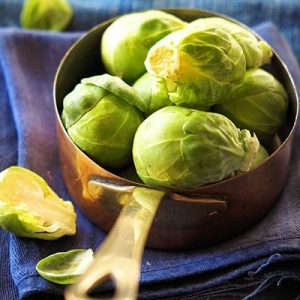 Fresh Cooked Brussel Sprouts
Fresh Cooked Brussel Sprouts
Made the correct way, these veggies taste divine. They have a mild, somewhat bitter taste, so combine them with tangy or savory sauces, like balsamic vinegar.
Health benefits include:
- 1/2 cup contains more than your DRI of vitamin K
- Very good source of folate
- Good source of iron
Harvest season: September–March
2. Pears
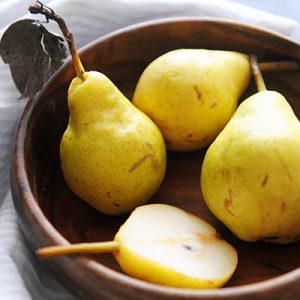 Sweet and Hardy Pears in the Fall
Sweet and Hardy Pears in the Fall
The sweet and juicy taste makes this fruit a crowd-pleaser. Cooking can really bring out their fabulous flavor, so try them baked or poached.
Health benefits include:
- Good source of vitamin C and copper
- 4 grams of fiber per serving
Harvest season: August–February
3. Cauliflower
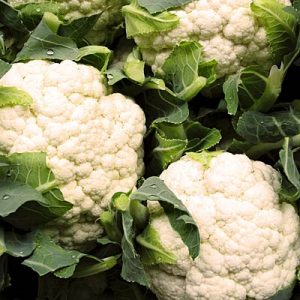 Cauliflower
Cauliflower
The sweet, slightly nutty flavor of cauliflower is perfect for winter side dishes. It’s wonderful steamed, but it can also be blended to create a mashed potato-like texture or pureed into soup.
Health benefits include:
- Compounds that may help to prevent cancer
- Phytonutrients may lower cholesterol
- Excellent source of vitamin C
Harvest season: September–June
4. Squash
 Winter Squash
Winter Squash
Unlike summer squash, winter squash has a fine texture and a slightly sweet flavor. Because of its thick skin, it can be stored for months. It tastes best with other fall flavorings, like cinnamon and ginger.
Health benefits include:
- Contains omega-3 fatty acids
- Excellent source of vitamin A
Harvest season: October–February
5. Pumpkin
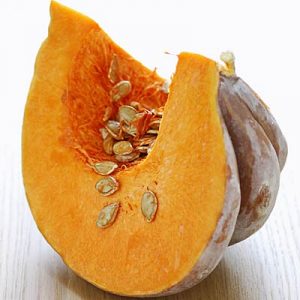 Pumpkin always reminds of Fall
Pumpkin always reminds of Fall
A type of winter squash, pumpkin can be used for much more than jack-o’-lanterns. Its sweet taste and moist texture make it ideal for pies, cakes, and even pudding!
Health benefits include:
- Rich in potassium
- More than 20% of your DRI of fiber
- Good source of B vitamins
Harvest season: October–February### 6. Sweet potatoes
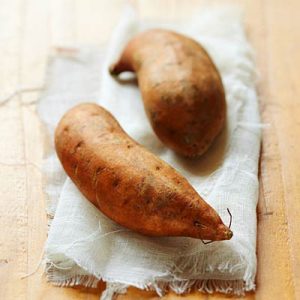 Sweet potatoes are tasty and hardy!
Sweet potatoes are tasty and hardy!
These veggies are for much more than Thanksgiving casseroles. More nutritionally dense than their white-potato counterparts, try roasting them—they’ll taste delicious, and you may maintain more vitamins than boiling.
Health benefits include:
- Excellent source of vitamin A
- Good source of iron
- Anti-inflammatory benefits
Harvest season: September–December
7. Pomegranates
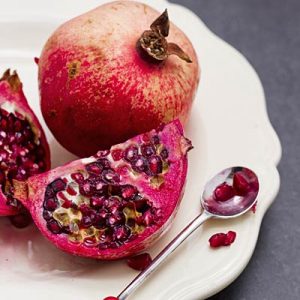 Pomegranates are one of my favorite superfoods!
Pomegranates are one of my favorite superfoods!
This slightly sour fruit has gotten a lot of press as an antioxidant powerhouse. The juice provides a tangy base for marinades, and the seeds can be tossed into salads to amp up the flavor.
Health benefits include:
- A UCLA study showed pomegranate juice has higher antioxidant levels than red wine
- Good source of vitamin C and folate
Harvest season: August–December
8. Dates
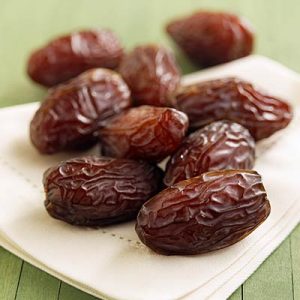 Who can resist a sweet and tasty date?
Who can resist a sweet and tasty date?
This Middle Eastern favorite is a sweet fruit that is perfect braised in stews, chopped up in desserts, or stuffed with cream cheese or almonds.
Health benefits include:
- Low in fat
- Good source of fiber
- Good source of potassium
Harvest season: September–December
9. Kiwi
 Kiwi is like a fruit dressed for the winter.
Kiwi is like a fruit dressed for the winter.
Use this sweet fruit to add a tropical flavor to your recipes. It’s great mixed with strawberries, cantaloupe, or oranges and can be combined with pineapple to make a tangy chutney.
Health benefits include:
- More vitamin C than an orange
- Good source of potassium and copper
Harvest season: September–March
10. Grapefruit
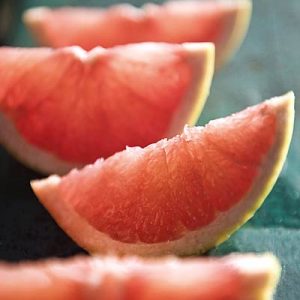 Grapefruit is packed with vitamins to fight the cold.
Grapefruit is packed with vitamins to fight the cold.
The signature tartness of grapefruit provides a contrast to other citrus fruit. Add it to mixed greens, combine it with avocado and shrimp, or enjoy a fresh glass of its antioxidant-rich juice.
Health benefits include:
- More than 75% of your daily recommended intake (DRI) of vitamin C
- Good source of lycopene
- Contains pectin, which has been shown to lower cholesterol
Harvest season: September–April
And that’s a wrap?
Wait, do you have some good cold weather food ideas? Maybe a recipe using one of our top 10 for cold weather? Share your ideas with the world on Twitter, Instagram or Facebook!
You may also enjoy:
Reishi Mushroom Benefits – Boosting the Immune System
Flu Prevention – Building a Strong H3N2 Resistant Immune System




